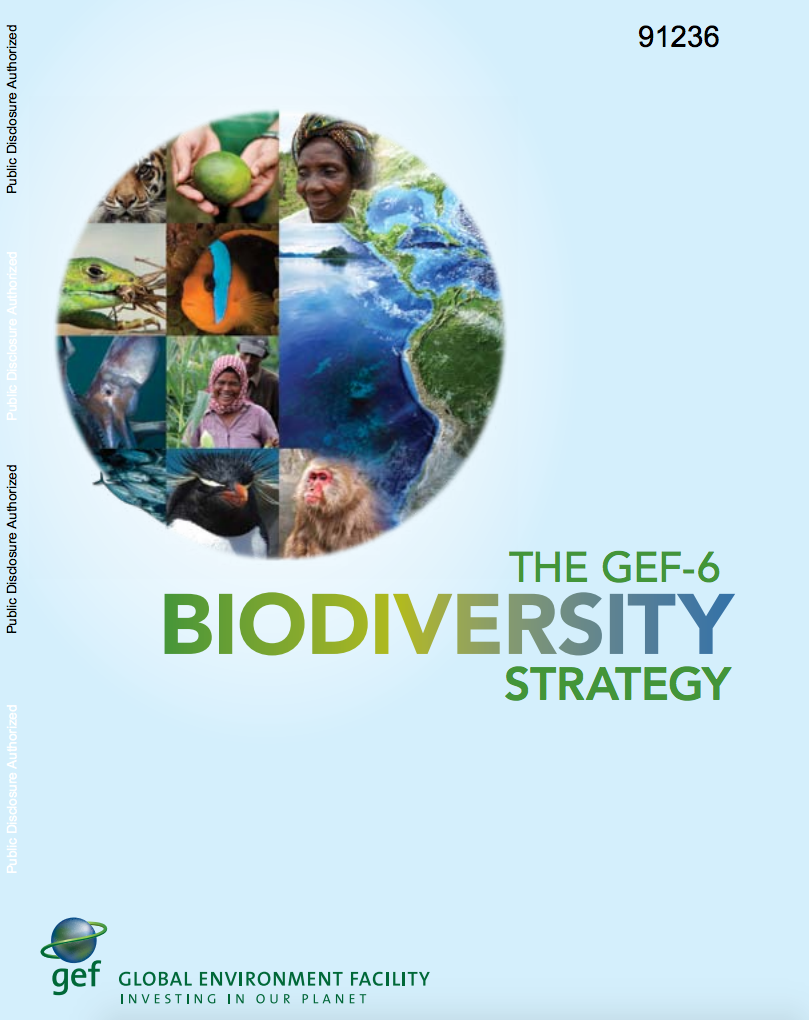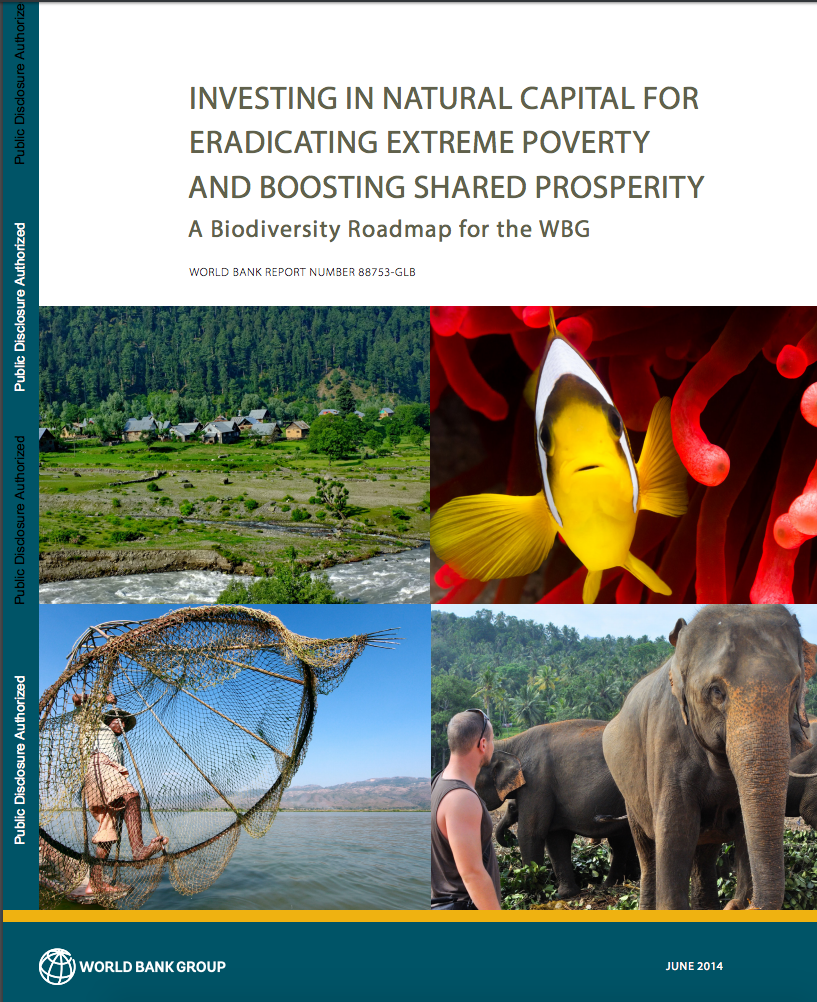The GEF-6 Biodiversity Strategy
The Convention on Biological Diversity
(CBD) defines biodiversity as the variability among living
organisms from all sources including, inter alia,
terrestrial, marine and other aquatic ecosystems and the
ecological complexes of which they are part; this includes
diversity within species, between species, and of
ecosystems. The Millennium Ecosystem Assessment and TEEB
(The Economics of Ecosystems and Biodiversity) demonstrated



